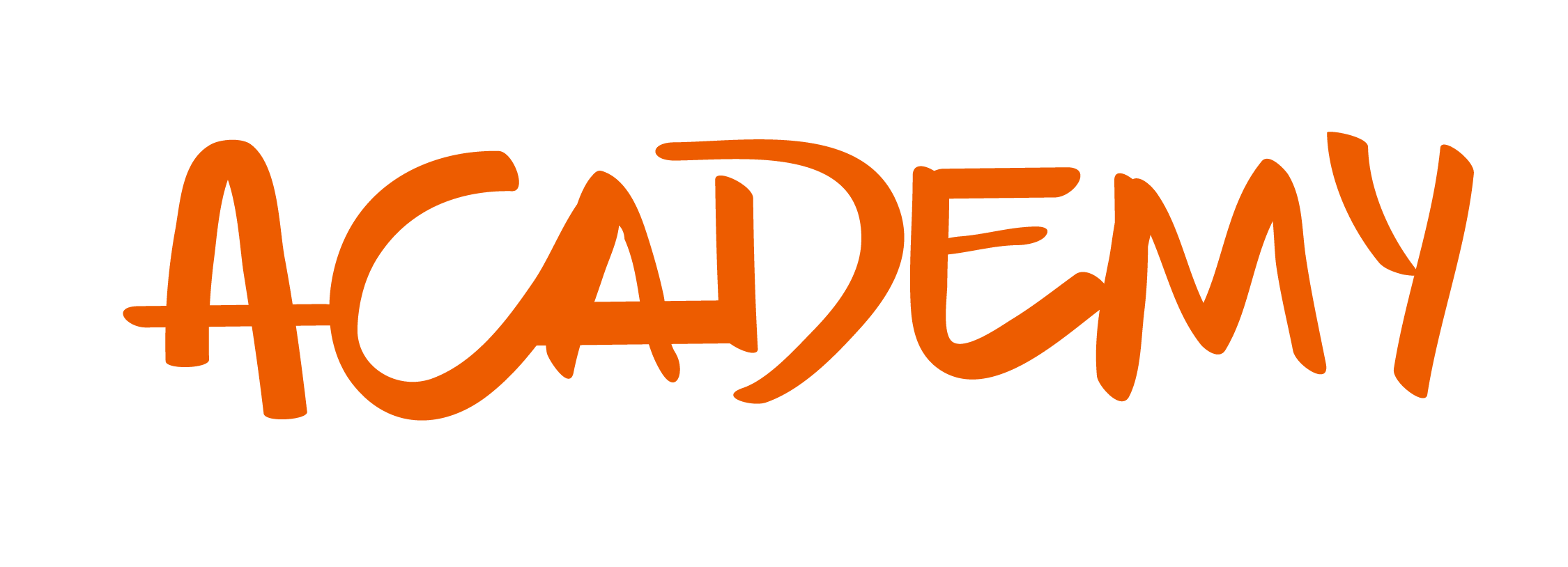Some people are still wary about time tracking being used as a way of monitoring and restricting employees’ every moment. Clarifying this notion is even more important now with the rise of remote and hybrid work methodologies. We understand why these fears may arise within the talent pool of a business, especially when they have been used to working in a traditional waterfall type of office, so we want to be candid and perfectly clear about what time tracking is, and what it is not.
Our mission at COR is to create a better working environment for everyone involved, reducing burnout and talent oversaturation, aiming for a holistic employee’s well-being, while allowing professional service providers to make the profit they deserve for their hard work. We believe in human value and in working smarter rather than longer, time tracking is an essential part of this initiative.
What is time tracking?
Time tracking is one of our features, it is the stepping stone for a number of benefits and capabilities our tool provides, COR is much more than a simple time tracking software.
What our time tracking feature does is document what the time spent working is used for, in what tasks, to be more precise. When an employee is working on a project, our AI-powered time tracking tool will generate an estimation of how much time they have dedicated to the tasks in that project. When that employee’s working day is done, they only need to give the time tracking tool the OK, and it will complete what they did in every task. This automation is vital for reducing the amount of time spent doing time-consuming and mundane tasks.
This means that our time tracker generates a timesheet for the tasks already assigned to that employee, feeding the AI data bank and allowing for a more accurate estimation of how much each task needs into completion, and how much work (in hours) each employee is assigned in real-time, thus reducing the chance of oversaturation. Time metrics are more important than ever, it is the unit necessary for calculating billable hours, and project profitability.
So, let’s clarify one last issue before we continue exploring the reach of time tracking solutions. Our time tracker is not a means of controlling every aspect of an employee’s workday. It will not limit their rest moments, it will not record their restroom breaks, it will not restrict their breathing space. It will only record data, necessary for a better read on the business and how the internal costs work.
How does it work?
The main objective for a business when using a time tracking integration within a project management software is simple: Accurate billing. This is especially important for professional service providers, freelancers, and any workflow depending on creativity and problem-solving. Why is it so important for them? Because the main ingredient for their deliverables is generated by a subjective creative process, and this is extremely hard to quantify.
With time tracking you can get the necessary data to accurately plan timelines based on reliable information about how an employee’s time is used for tasks. These data sets let businesses and independent workers charge for every aspect of the project that amounts to billable hours, even those small fragments of time that eat up the day. Those 20-40 minute extra areas of work? Hour-long meetings with clients? These billable hours are often forgotten and are part of the responsibilities and scope of work done in order to create deliverables.
But how does it actually work?
- Our solution tracks the time an employee spends doing various tasks, then offers them the timesheet for additions or changes. This data is added to the software’s historical information. The tool takes in the knowledge of how much time a specific task requires to be completed, from everyone who has done that task in the past. So the AI is nourished by large amounts of data in order to provide an increasingly accurate estimation of how many hours each task could take.
- Knowing how much time each individual type of task takes is vital information for planning, task allocation, and resource management. Our tools provide Project Managers with real-time actualization about how many hours of work each team member is allocated. So they can see at a simple glance if team member A has enough on their plate, and thus assign the pending task to another member of the team.
- Each task is different! We are accustomed to thinking in task units, and not time metrics. So when dividing the tasks for a project, it is tempting to think of them as equal, it is a common mistake to make. Our time tracking feature trumps that idea with solid data. Task A takes around 6 hours to complete, task B takes around 1, and so on. So when showing how much work the talent has, with a time measurement you can be certain you are not oversaturating the talent. This is also important when billing clients.
- Tracking the hours each team member spent on the project is a great negotiation tool for setting fees, as well as allowing the business to show just how much value they added to their client’s work. Re-works are part of the creative service industry, but in the midst of a hard financial landscape, some clients take advantage of it, requiring a debilitating amount of work that is outside the scope of what was originally designed in the contract. With time tracking you can show with full transparency how much time this consumes for the business and create a pricing structure for corrections and re-works.
- Time tracking tools can show light on inadequate internal processes or undetected bugs. If the data shows that a large number of employees are spending too much time dealing with a task that uses a certain software (design software, accounting tools, or rendering processes) maybe there’s a problem with the software that has gone undetected by the IT department. These types of issues fly under the radar, they are small chunks of time that are underestimated by each employee. Which is logical. But if you sum it up, it can be a drain on the internal productivity at a larger level. If a PM can see this is a recurring problem and contact the pertinent department, then they can solve it before it becomes a huge loss.
Time Tracking and automation with artificial intelligence
Time tracking solutions are becoming more and more sophisticated, the new generation comes aided by AI integrations. This way, the tool assesses what type of work is being carried out and assigns it to the corresponding task. Our time tracking capabilities are designed with learning algorithms, so the tool becomes more accurate over time, minimizing the possible corrections any employee has to do.
Having a time tracking tool that requires almost no input from users removes the necessity of manually filling out timesheets, this automatization is a good way for the talent to simply focus on what they need without wasting time.
AI-powered solutions like COR are all-in-one software that can support the needs of a business, from first contact with the client to invoicing and beyond. Based on the historic data, the tool can assist with price estimates and cost forecasting from the creation of a new project. This way scheduling and pricing can be done seamlessly. The automation provided by an AI tool can improve the internal processes of a business, allowing for more efficient and streamlined work allocation.
Will Employees benefit from Time Tracking?
Having a more transparent workspace begins with management. Asking the talent to use time tracking tools can be tricky, some will think this is an extreme way of controlling their day-to-day. The best way of letting employees see how the time tracking feature works is to have an honest conversation and let them know exactly how it works, and the proven ways in which it can help their scope of work. Explain the importance of the tool by demonstrating that the time tracking initiative is not one aimed at individual employees, rather gain data for the improvement of the business as a whole:
- Tracking which client or project is being worked on to improve the relationship.
- To ensure their work is being charged out correctly.
- It is not a way to limit lunches and break times.
- Time tracking benefits employees by showing exactly where time is spent, allowing for better analysis of performance and internal procedures. This protects employees, providing a clear picture of what they spend their effort on. This way no work goes unnoticed.
- They can see for themselves what takes more time, and where they may need assistance from another person on the team.
- Time tracking presents an opportunity of seeing where the talent may need more tools, and setting up a webinar or training courses.
Will Employers benefit from Time Tracking?
Time tracking can improve the profitability of a business and the workflow of management. The financial aspects are pretty straightforward, but they can also greatly improve the overarching planning for the future of a company. Time tracking can show what are the regular clients, what is the most recurring service provided, and of course, it can improve the accuracy of billing and invoicing. With this type of information you can check whether the most popular service is cost-effective if the client can be reached to improve the business relationship, and improve the bottom line by setting better pricing practices:
- Time tracking improves billing accuracy. With better revenue employers can be more competitive in their market.
- More revenue translates into development opportunities and investing in the business. This means better training, access to top talent, as well as creating better career opportunities.
- Team leaders, managers, C-levels, and stakeholders are more informed and are able to make data-driven decisions.
How will Time Management increase profitability?
We have already explained the basis of our time tracking feature. But we have glossed over one of the most important aspects of it. By understanding the effort and work that goes into every single task and every single project you can gain the upper hand in negotiations and pricing.
By taking note of every billable hour you can correctly assess the cost and revenue at a project level and evaluate if the services offered are the right ones for your business. If you use our automated reporting feature you can easily access the historical data and cross-examine it however you like: by the client, by a team, by type of service, or by year. This way you can easily see how each area is accepting your profitability. You can even get to know if a service you have always offered is not even cost-effective at all, or if it should be charged more.
The structural transparency gained by a time tracking feature can be invaluable, it can be the starting point of a more honest and straightforward working environment. Accountability and responsibility are vital aspects of teamwork, and time tracking is a great opportunity of showcasing the effort the talent does. Another great thing about data? It is not biased. Time tracking can help remove any unconscious biases any employee or employer has.
But you shouldn’t just take our word for it. Take the word of our clients and partners:
VMLY&R
Part of the WPP group, and a result of a merger between Young & Rubicam and VML. Their goal when they started using our software was to simplify operations and offer more sophisticated products. And since then, they have improved the organization’s culture, visualized project progress in real-time, gained a better understanding of hours sold vs. hours executed and allowed better visibility for their clients.
LAVALENTINA
LAVALENTINA Design is an independent Colombian branding and advertising agency, serving clients in all industries throughout Latin America. With us, they have gained a deeper understanding of their business and were able to make better, smarter, and more informed strategic decisions. They have managed to clarify the distribution of work, the costs of production per project, and their need to include more talent in their operation. They also have gained the key knowledge of profitability per client, agency and at a project level, as well as standardizing their internal executions.
HOY Agency / Havas
HOY is the Havas Group’s creative agency in Colombia. They have implemented COR as their management tool and have managed to improve operational efficiency, supervise and guarantee quality in deliverables and improve the bond with its clients. With us, they managed to increase their transparency at an agency level, as well as with client and fee negotiations. They optimized their internal processes and workflow, positively impacting their project delivery.
At COR we aim to improve the working experience of every business while increasing their profitability, take a step in the right direction, and request a demo today!














